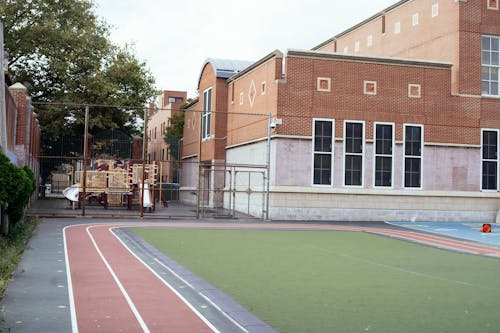The Amish Schoolhouse was the scene of a deadly shooting spree this week. Roberts exchanged cellphones with the state police and the wife before opening fire, aiming a shotgun and handgun at the students. He also fired a shot into the police officer’s head. It was the third school shooting in the U.S. in the last week. Despite the tragic events, the Amish community has a relatively low crime rate. Some Amish communities do not have police departments.

Table of Contents
Amish forgiveness
Forgiveness is an important part of the Amish worldview, and they believe that forgiveness can be the key to salvation. Rather than seeking revenge or vengeance, Amish see forgiveness as a responsibility that belongs to the entire community. They also believe that forgiveness wipes away the feelings of revenge and hate that are unhealthy.
Forgiveness is a process that involves releasing a grudge without making the offender feel guilty. However, it does not excuse the offender from punishment. The Amish would have rather the gunman have remained in jail, as a way to protect their children. In our modern society, retribution is taken for granted and even the names of deities are invoked to justify cycles of revenge. However, the Amish believe that acts of forgiveness are rewarded by God, and that acts of grace are the way to please him.
The Amish process of forgiveness is a long and emotional process. While most of us forgive only after years of conflict, the Amish work through the emotions of forgiveness every day. Nolt, who teaches Amish history at Elizabethtown College, says that forgiveness was a collective decision and meant giving up the right to seek revenge.
One-room schools
The one-room schoolhouse is the traditional learning space for Amish children. The one-room schoolhouse is usually built on donated land, and features a classroom, playground equipment, and outhouses. Despite its small size, an Amish one-room school is still very large compared to most other schools.
One common understanding of Amish one-room schools is that they are outposts of the pioneer past. In fact, according to one of the authors of a new booklet, “Amish One-Room Schools: Lessons for the Plain Life,” it’s important to remember that these schools are run by Amish families, and they do not have teacher requirements. They also do not qualify for state funding or the federal lunch program. Furthermore, they don’t have the safety measures that larger public schools employ.
In Lancaster County, the Amish and the Old Order Mennonites work closely together in their education. While their kids attend the same schools, the technology used in Old Order Mennonite-built schools is different than those used by Amish students in public schools. Old Order Mennonite-built schools, for instance, may have electric lighting. In addition, not all Amish teachers are Amish.
Gunman’s motives
The motives of a gunman who tried to kill 11 girls at an Amish schoolhouse in Pennsylvania remain a mystery. A milk delivery man named Charles Carl Roberts IV entered the one-room schoolhouse with a 9 mm handgun, a 12-gauge shotgun, and a rifle. He also brought a black powder bag and two knives. The gunman then tied the girls’ legs together with plastic ties and wire. Police responded within 15 minutes.
Investigators believe Charles Carl Roberts IV was influenced by recurring dreams about molestation of his children. According to his suicide notes, Roberts had molested two family members 20 years ago. He also spoke of the death of his newborn daughter in 1997. The suicide note indicates he did not seek counseling, but did have the motivation to commit such an act.
State police and local law enforcement officers tried to persuade the gunman to surrender his weapon, but he refused. Roberts also threatened to kill police within 10 minutes of entering the schoolhouse. When the police stormed the building, the gunman opened fire and fired 10 shots. The gunman also blocked all exits by nailed pieces of wood. At least one victim died, while a dozen were injured, including the police officer.
Impact of tragedy on community
After the massacre at the West Nickel Mines Schoolhouse, the community has begun a healing process. After the first week of media attention focused on the killings, a second week saw a remarkable display of forgiveness and grace in the Amish community. According to Donald Kraybill, a senior fellow at Elizabethtown College, “The Amish community has shown remarkable forgiveness and grace for a community that has suffered a tragedy.”
In the book, Jeff Beiler, a local firefighter, first responder, and director of a counseling center, offers a first-person account of the events and the aftermath. He describes the reactions of the Amish community, as well as the killer. In addition to focusing on the victims’ families, he also discusses the community’s willingness to forgive the perpetrator. After the shooting, the community held a memorial picnic to honor the victims. The families of the victims, who survived the tragedy, gathered to remember their loved ones and remember the victims. In addition to the memorial, the community organized a special picnic to mark the 10-year anniversary of the shooting. Anna Mae Stoltzfus’ mother, Christ Stoltzfus, and daughter Anna Mae will visit the gravesite of the victim on the day of the anniversary. Explore more from habbitts.




